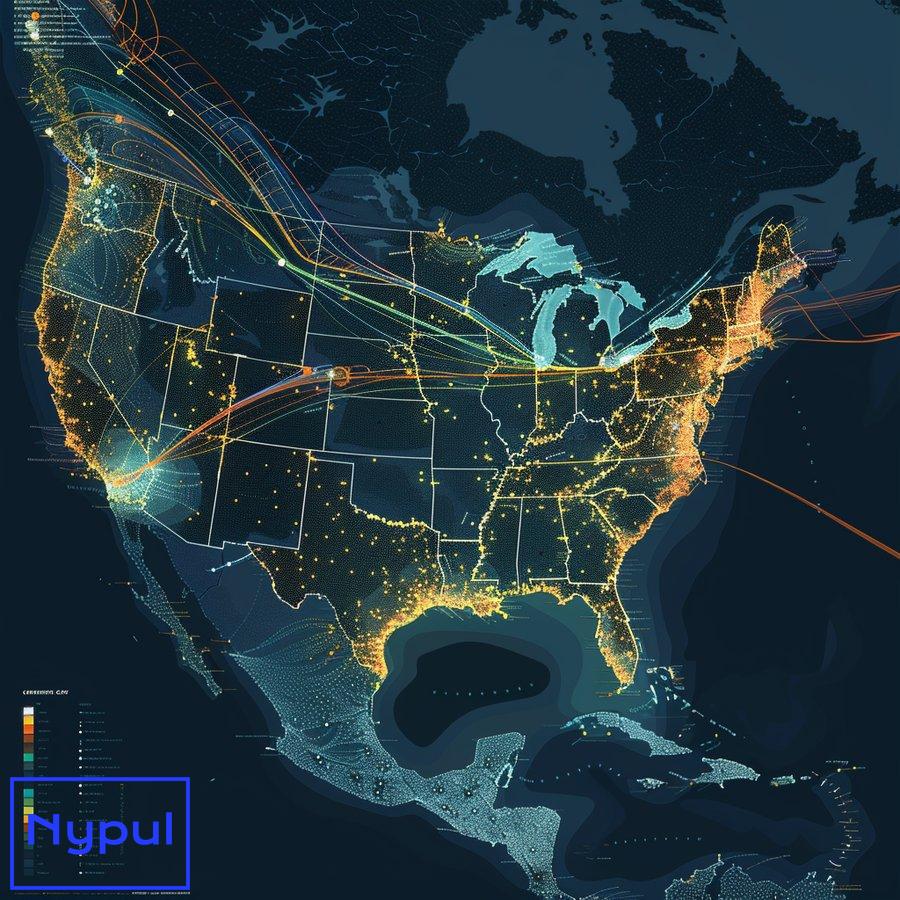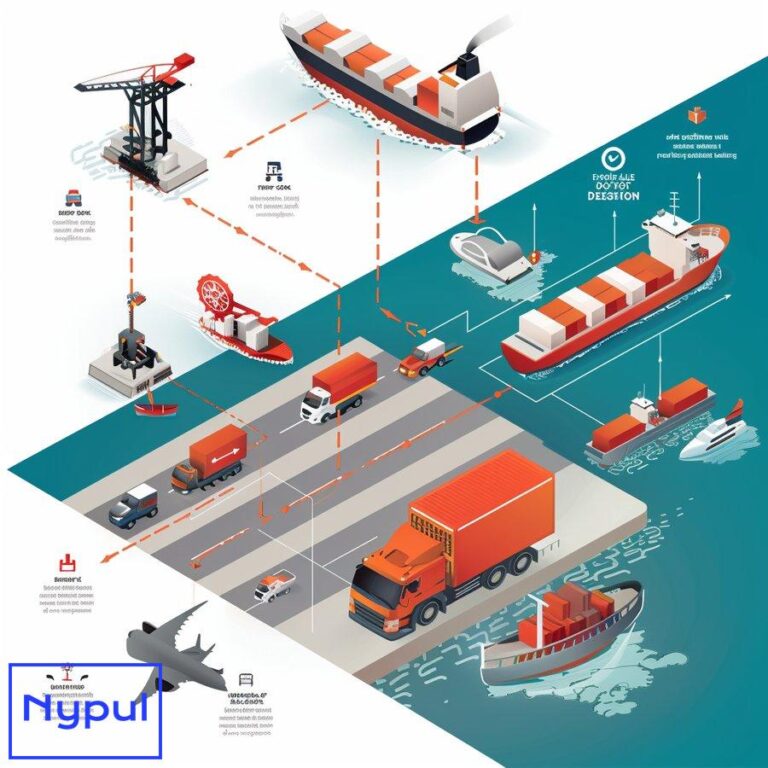What Is the Difference Between Drayage and Long-Haul
What are Drayage and Long-Haul Trucking?
Drayage and long-haul trucking are two essential components of the logistics industry that play distinct roles in moving goods from origin to destination.
Drayage: The Short-Haul Specialist
Drayage refers to the short-distance transportation of cargo, typically within a 50-mile radius of ports, rail yards, or other freight hubs. These specialized trucks are designed to efficiently navigate city streets and tight terminal corners, swiftly moving containers from the port to nearby warehouses, distribution centers, or other transportation hubs.
Drayage companies like Evans Delivery Dallas are experts at port logistics, handling paperwork and permits so businesses can focus on their core operations. Whether a single container needs to be delivered across town or a fleet is required for complex distribution, drayage providers offer the speed, efficiency, and flexibility to keep the supply chain moving.
Long-Haul Trucking: The Cross-Country Champion
In contrast, long-haul trucking involves transporting cargo over hundreds or even thousands of miles across highways and rural roads. These tireless haulers connect ports to factories, stores, and distribution centers nationwide, ensuring goods reach every corner of the market.
Long-haul trucks are designed for extended journeys, maximizing fuel mileage and travel time to efficiently cover vast distances. They adapt to diverse cargo types and delivery schedules, offering the ultimate flexibility in reaching destinations that trains and ships cannot access.
How Do Distance and Scope Differ?
![]()
The critical difference between drayage and long-haul trucking lies in the distances they typically cover and the scope of their operations.
Drayage: Local Expertise
Drayage trucks specialize in short hauls, usually operating within a 50-mile radius of ports, terminals, or rail yards. They excel at navigating complex city streets and terminal environments, efficiently delivering containers from the port to nearby facilities.
Long-Haul Trucking: Nationwide Reach
Long-haul trucks are the cross-country champions, covering hundreds or thousands of miles across highways and rural roads. They connect ports to inland markets, moving goods between manufacturers and distribution centers across states or countries.
| Feature | Drayage Trucks | Long-Haul Trucks |
|---|---|---|
| Typical Distance | Within 50 miles of the port/terminal | Hundreds or thousands of miles |
| Focus | City roads, terminal navigation | Highways, long distances |
| Delivery Time | Short, prioritized on quick turnaround | Longer, prioritized on speed and efficiency |
What Types of Equipment and Cargo Are Used?
Drayage and long-haul trucking utilize different types of equipment and handle various cargo types based on their operational scope.
Drayage: Containerized Goods
Drayage primarily deals with containerized goods, using smaller, maneuverable trucks and chassis to transport containers. These trucks are designed to efficiently handle the unique challenges of port and terminal environments.
Long-Haul Trucking: Diverse Cargo
Long-haul trucking accommodates a wide range of cargo types, from dry goods to refrigerated products and oversized loads. Larger, long-haul tractors and trailers are used to maximize capacity and efficiency over extended distances.
| Truck Type | Cargo Types | Typical Uses |
|---|---|---|
| Drayage Trucks | Containerized goods | Port-to-warehouse, intermodal transfers |
| Long-Haul Trucks | Diverse cargo (dry goods, refrigerated, oversized) | Cross-country transport, port-to-market |
What Role Do Drayage and Long-Haul Play in the Supply Chain?

Drayage and long-haul trucking play critical roles in the supply chain, ensuring the smooth flow of goods from origin to destination.
Drayage: The Last Mile Partner
Drayage serves as the crucial link between ports and nearby facilities, handling the “last mile” of the supply chain. By efficiently moving containers from the port to warehouses or distribution centers, drayage helps avoid costly delays and keeps the supply chain moving.
Long-Haul Trucking: The Nationwide Connector
Long-haul trucking is the backbone of the supply chain, connecting ports, manufacturers, distribution centers, and markets across the country. These trucks cover vast distances to ensure goods reach their final destination, adapting to diverse cargo types and delivery schedules.
How Are Costs and Pricing Structured?
Drayage and long-haul trucking have different cost and pricing structures based on their unique operational characteristics.
Drayage: Short-Haul Pricing

Drayage pricing typically includes a flat rate for the short-haul transport, along with additional fees for services such as:
- Container pickup and delivery
- Chassis rental
- Terminal fees
- Waiting time
The overall cost of drayage depends on factors such as distance, cargo type, and any special handling requirements.
Long-Haul Trucking: Distance-Based Pricing
Long-haul trucking prices are generally based on a per-mile rate, which takes into account factors such as:
- Distance traveled
- Fuel costs
- Driver wages
- Equipment maintenance
Additional fees may apply for services like expedited delivery, oversized loads, or specialized handling.
When Should You Use Drayage vs. Long-Haul?

Choosing between drayage and long-haul trucking depends on your specific supply chain needs and the characteristics of your shipment.
When to Use Drayage
Drayage is the best option for short-haul container movements within a city or near a port. If your goods need to be quickly transported from the port to a nearby warehouse or distribution center, drayage offers the speed and efficiency required.
When to Use Long-Haul Trucking
Long-haul trucking is the preferred method for transporting goods over long distances, such as across states or countries. If your cargo needs to travel hundreds or thousands of miles to reach its final destination, long-haul trucks provide the flexibility and adaptability to handle diverse cargo types and delivery schedules.
Ultimately, the choice between drayage and long-haul trucking depends on the distance your goods need to travel, the location of your facilities, and your overall supply chain strategy. By understanding the strengths and differences of each option, you can make informed decisions to optimize your logistics operations and keep your goods moving efficiently from origin to destination.


